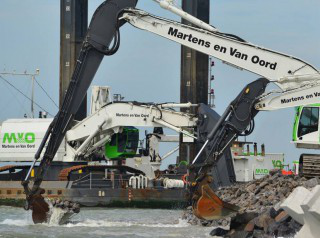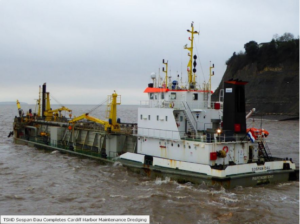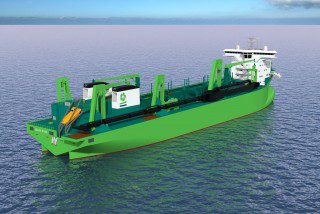
With the order of the ‘Bonny River’ at Royal IHC, the Belgian dredging, environmental and marine engineering group DEME is investing in a new generation of trailing suction hopper dredgers which will be trendsetting in coastal protection and dredging hard soils.
DEME is responding to the macroeconomic trend of maritime sand extraction at greater depths and further offshore With this dredger.
A long suction pipe with a built-in submersible pump facilitates sand extraction from more than 100 meters deep.
Thanks to the hull’s optimized design, the ‘Bonny River’, which with its transport capacity of 24,000 tonnes, has a limited depth when loaded, making the ship highly suitable for coastal protection assignments, even in regions with shallow beaches.
An additional asset is the second, shorter suction pipe for dredging works on a harder seabed. By equipping the vessel with 75 tonnes to drag head, the ‘Bonny River’ is multidisciplinary: as a trailing suction hopper dredger, the ship can also remove hard soil which wasn’t dredgeable in the past.
Environmental optimization
The ‘Bonny River’ will be able to minimize the turbidity generated by process water and enables dredging in environmentally vulnerable areas.
Moreover, the hydrodynamic hull and the dual-fuel engines (diesel and LNG) ensure further optimization of fuel consumption and a minimal CO2 footprint.
The ‘Bonny River’ will carry a ‘Green Passport’ and a ‘Clean Design’ classification, a certification for owners and contractors which make the conscious decision to build and operate their ships in an environmentally friendly way.
Modern and efficient fleet
The ‘Bonny River’ – named after the Nigerian river of the same name – is the sixth ship that DEME has on order, besides the multipurpose ship the ‘Living Stone’, the self-propelled jack-up vessel ‘Apollo’, the heavy-lift crane vessel ‘RAMBIZ 4000’ and two additional trailing suction hopper dredgers.
The order for the ‘Bonny River’ has been placed at Royal IHC.
The dredger will be built by Cosco at its shipyard in Guangdong, China.
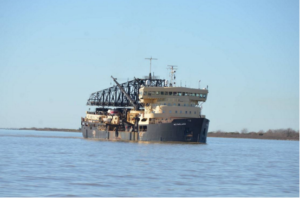

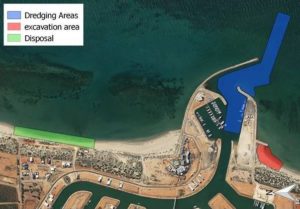
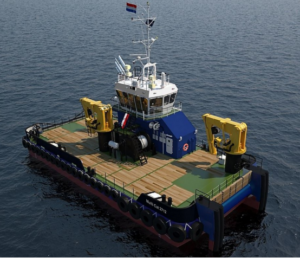 Briggs Marine and Environmental Services has ordered a Damen Multi Cat 2712, the 27-meter workboat capable of taking on almost any role in the coastal environment.
Briggs Marine and Environmental Services has ordered a Damen Multi Cat 2712, the 27-meter workboat capable of taking on almost any role in the coastal environment.